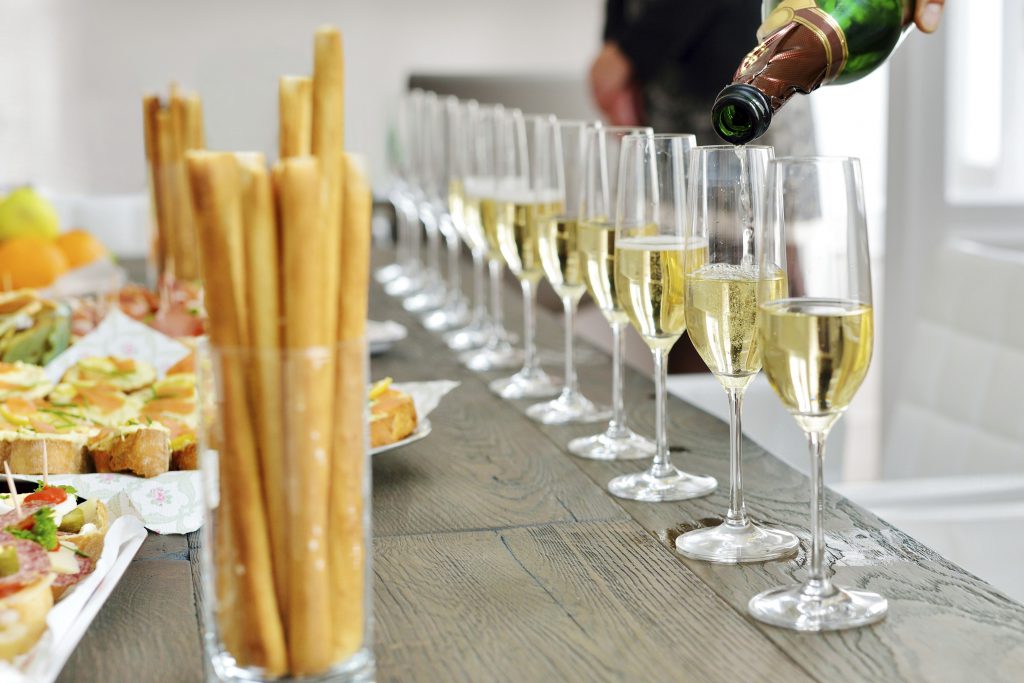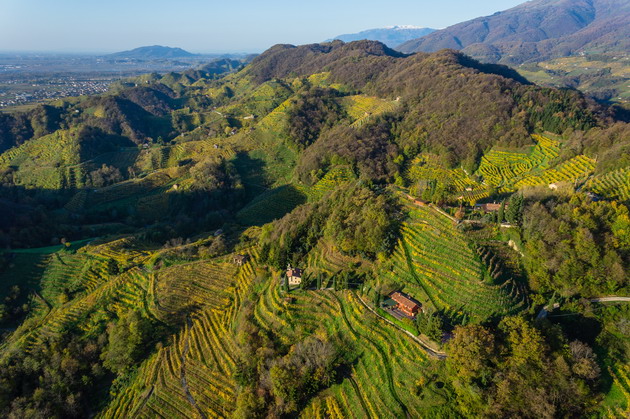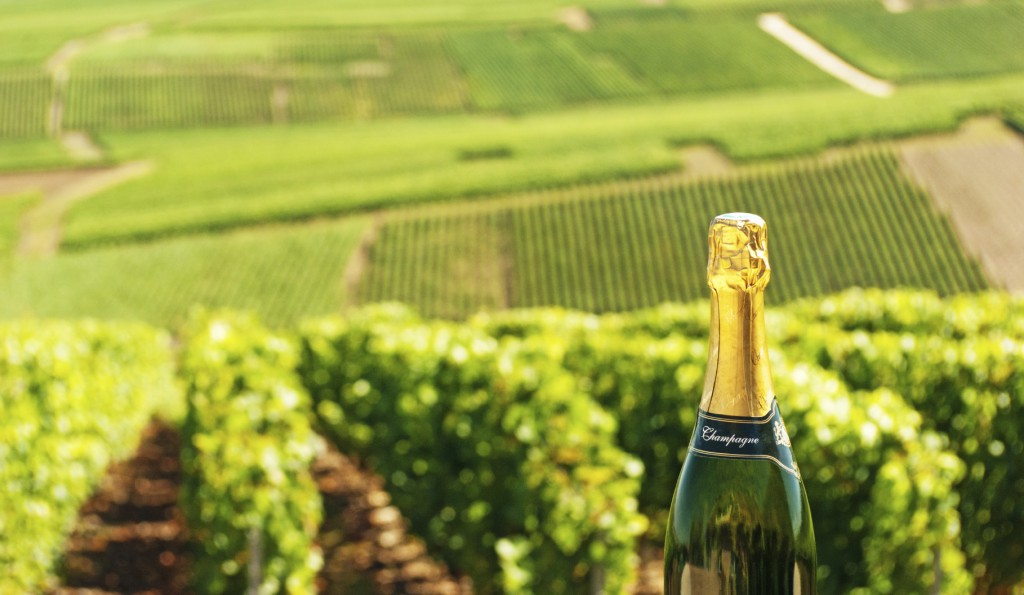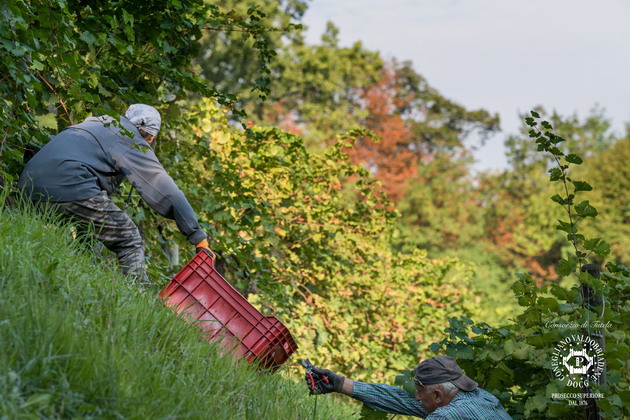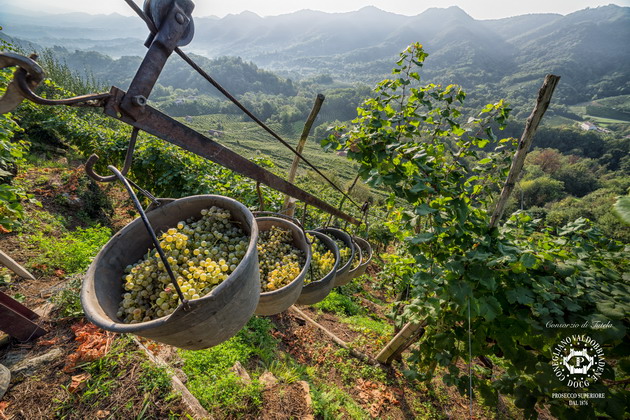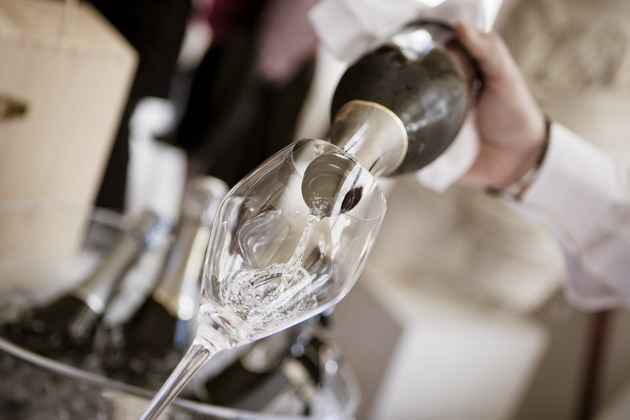 By Rebecca Meïr- Liebman of Chef & Somm
By Rebecca Meïr- Liebman of Chef & Somm
As New Year’s Eve approaches our thoughts turn to bubbles, after all, for pure joie de vivre, there’s nothing like a flute of sparkling wine.
Invariably, Champagne comes to mind, but good luck finding a decent bottle for under $40. Hey, if you can spring for a Jeroboam of Armand de Brignac Gold at $2,239 a pop, go for it, but for the rest of us, the search for something of decent quality and good value continues.
Prosecco to the Rescue
Often thought of as merely a cheap and cheerful alternative to Champagne – this storied wine isn’t taken as seriously as it should – Prosecco sparkling wine can be complex, nuanced, and has a fascinating history behind it.
Even among my wine-savvy friends and clients, compared to all the Champagne banter there isn’t as much attention given to this sparkling wine as there ought to be, especially at this time of year.
Throughout my career, I’ve tasted many Proseccos from winemakers who take their craft very seriously indeed – many have devoted their lives to achieving a complex Prosecco, expressive of their unique terroirs.
I’ve learned a lot about this underdog of the sparkling wine world, and I’d like to share a few interesting tidbits with you.
1. Wait, you mean up until 2009, Prosecco could have come from anywhere in the world?
Surprisingly enough, until 2009, when new EU regulations were introduced, the name Prosecco had not yet been reserved for sparkling wines produced only in Veneto (Treviso, Venice, Vicenza, Padua, Belluno) and Friuli (Venezia Giulia, Gorizia, Pordenone, and Tiesteand Udine).
In fact, the name Prosecco could have been applied to any sparkling wine made with the Prosecco grape – now known as Glera, which I’ll explain momentarily.
In the past, when Prosecco appeared on the label, it need only be in reference to the grape; it didn’t indicate a specific region, technique, or style. This situation was remedied, in part, by changing the name of the Prosecco grape to Glera.
From that moment on, the only sparkling wines that may call themselves Prosecco had to hail from a DOC or DOCG region – wines from IGTs (Indicazione Geografica Tipica; introduced in 1992) were not allowed to use the word ‘Prosecco” – nor were any other sparkling wines produced anywhere else in the world; precisely in the same way a sparkling wine from California or even the Loire cannot be labeled as Champagne.
These new regulations raised the bar for Prosecco producers and have helped pave the way for a new breed of wineries producing a noble product.
2. Why aren’t there any pink Proseccos?
The main grape variety in Prosecco is Glera, which, until 2009, was called Prosecco. This white grape got its name from the village of Prosecco, near Tieste, where it is thought that the Glera (or Prosecco) grape may have originated.
The root of prosecco is Slovenian, and comes from the word prozek, which means “path through the woods”.
Other grape varieties allowed in Prosecco are Verdiso, Bianchetta Trevigiana, Perera, Glera lunga, Chardonnay, Pinot Bianco, Pinot Grigio and Pinot Nero.
By Italian law Prosecco must contain at least 85% Glera grapes to be called Prosecco. Some Proseccos, such as Syltbar, are made with 100% Glera grapes.
It’s the heavy percentage of Glera required by law, that rules out making a pink or rosé Prosecco; the law just doesn’t allow for the addition of enough red grapes – Pinot Noir or Merlot, for example – to produce that lovely blush.
And this law is enforced with zeal; Furlan winery, in Veneto, produced a pink sparkler with 70% Glera, 27% Manzoni Bianco (a native white grape), and 3% Cabernet Sauvignon, and still, the winery was not allowed to call it Prosecco Rosé. Instead the label read: Spumante Rosé Brut.
3. Why isn’t all Prosecco very bubbly?
Proseccos can be spumante, frizzante or tranquillo; it all depends on the effervescence, or strength of the wine’s bubbles.
Spumantes are quite effervescent, a full-on sparkling wine, clocking in at 3.5 bars of pressure; frizzante is half as effervescent as spumante, with only 1.0 to 2.5 bars of pressure; Tranquillo is a still white wine.
Most spumante wines are tank-fermented (Charmat method), and a few producers are employing the Méthode Traditionnelle (Methode Champagnoise). Both tank-fermentation and Méthode Traditionnelle start by producing a base white wine (the first fermentation).
The difference comes in the second fermentation, where the bubbles are created. In the case of tank fermentation, effervesce is created because the sealed steel tank does not allow the naturally generated carbon dioxide (CO2) to escape.
With Méthode Traditionnelle the bubbles are created in each individual bottle through the addition of yeast and sugar to the base wine. Both Champagne and Cava sparkling wine are produced in the Méthode Traditionnelle and Spumante Prosecco wines are usually fermented in the tank.
With Méthode Traditionnelle, it takes several month to achieve the sparkle, whereas tank-fermentation produces bubbles within a couple of hours, which helps to keep the price down.
There is also a difference between the size and texture of the bubbles. Bubbles produced via tank-fermentation are larger and have a zesty mouth-feel, while the bubbles produces by Méthode Traditionnelle are smaller, with a smooth, creamy, and elegant texture.
Frizzante is either produced in stainless steel tanks pressurized with natural carbon dioxide (as described in the preceding paragraph) or with gas injection, where CO2 is injected into each bottle – the same way soda pop is made – and results in low quality wines.
Gas injection is how inexpensive Proseccos are produced – think, under $11 – and I don’t drink them. Fortunately, they also not the type that get exported abroad either.
Tranquillo wines are niche, and hard to find outside of Italy. They are usually very fruity, with good acidity and a creamy texture, therefore many Italians enjoy them with fish. The grapes are harvested when very ripe, resulting in rich notes of pear, apple, almond and honey.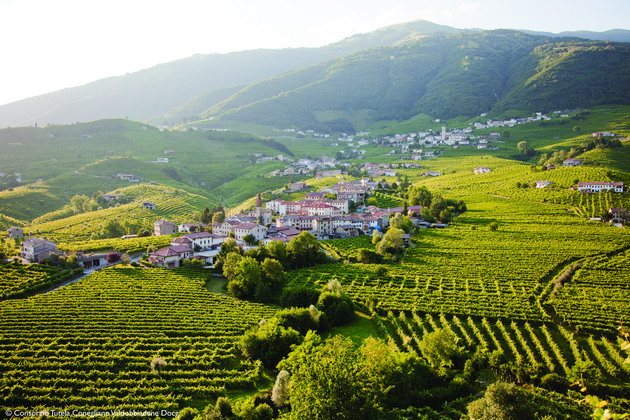
4. Is Vintage Prosecco actually a thing?
Most Proseccos (and Champagnes) are non-vintage, meaning they are produced with grapes harvested in different vintages or years.
Vintage Prosecco grapes come only from a single year’s harvest. These prestigious wines express a particular year and command a higher price.
5. How can you tell if Prosecco is the good stuff?
DOC or Donominazione di Origine Controllata, is an Italian quality assurance recognition for wine and food. This designation was created in 1969 and awarded to only a few officially sanctioned areas. Prosecco DOC is produced in nine provinces throughout the Veneto and Fruili Venezia Giulia regions.
DOCG or Donominazione di Origine Controllata e Garantita, is the highest quality of assurance recognition in Italy. There are only two areas that received the DOCG recognition in Prosecco: Conegliano Valdobbiadene which produce Prosecco in the Treviso province between the towns of Congliano and Valdobbiadene; and the less know zone, Asolo Prosecco, near the town of Asolo – considered the gem of Treviso.
6. Which top Proseccos should I try?
DOCG Rive – A new style of Prosecco which focuses on terroir. In Italian, rive means “the slopes of steep hills”, which is where these vines thrive. Rive wines come from the most prestigious vineyards, often in micro-zones, of which there are currently 43, each having different combinations of soil, angle of exposure to the sun, and microclimate. Rive Proseccos always indicate the vintage on the bottle.
DOCG Superiore di Cartizze – A top quality Prosecco, Cartizze comes from a micro-zone where the soil is ancient and the yield is extremely low. A very complex sparkling wine with extremely refined bubbles. It often boasts lovely notes of pear, apple, apricots with almond and a touch of floral rose notes.
7. What’s the secret for enjoying perfect Prosecco?
Wine is a living thing that keeps on developing and aging even after it’s bottled; give it the right conditions and it will thrive. Prosecco should be stored in a dry, cool and quiet place – free of vibrations – at 14C – 16C.
Serve Prosecco at between 6C to 8C; 2 hours in the fridge should do the trick! If you can, pour Prosecco into its very own glass.
The Prosecco Superiore from Riedel, is a cross between the classic Champagne flute and classic white wine glass, and I believe it is the best glass to enjoy sparkling wines from, especially Proseccos.
Shaped something like an angular tulip, the top is broader than a flute, allowing the aromas to open up to the nose, while the bottom is narrower, which helps to retain the bubbles.
The next time you pop a cork, consider an interesting, high-end Prosecco; look for a DOCG Rive or DOCG Superiore di Cartizze. It may prove a bit of a challenge to find outside of Italy, but well worth the search!
Saluti!
Rebec ca Meir-Liebman
ca Meir-Liebman
Sommelier & Consultant
As co-owner of Chef & Somm, the GTA’s only Bespoke Private Dining and Sommelier service, Rebecca has acquired over a decade of experience in some of Canada’s – and the world’s – top dining rooms.
She earned her hospitality, service and sommelier skills at top restaurants – Canoe, Luma, BLÜ Ristorante and Maple Leafs Sport & Entertainment – but Rebecca is always learning, tasting, and cultivating relationships with winemakers, local and abroad.
Her thirst for wine knowledge is a never-ending quest; Rebecca brings an unquenchable curiosity and authority to any dining experience. www.ChefSomm.ca
CAMPAIGN FINANCED ACCORDING TO (EC) REGULATION NO.1308/2013


